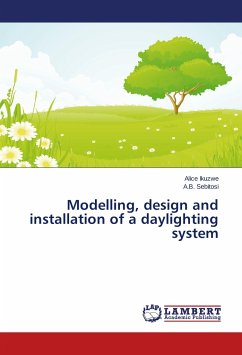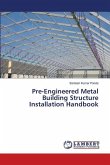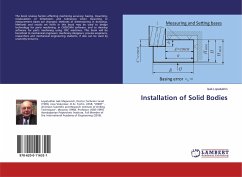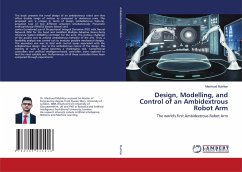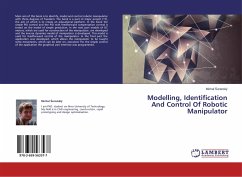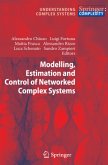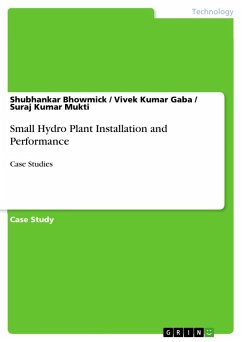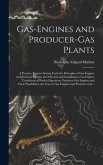Nowadays, there exist many innovative daylighting technologies which could be used to enhance natural illumination for buildings that use more electric light during the day such as schools, industrial buildings. This study describes the passive zenithal light pipe daylighting technology's performance through the scale model method. The yield of passive zenithal light pipe was improved and was achieved by incorporating a light collimator in the light pipe. Through the design and fabrication of the light collimator, illuminance in the classroom has been improved from 178 lux distributed by commercial diffuser to 370 lux (illuminance average from 9 a.m. to 4 p.m. under sunny days from October to December 2013). A range of reflector materials were tested on the interior lining of the collimator for consistent illuminance distribution and it was discovered that rough re-used aluminum cooking foil distributed uniformly and increased illuminance. All data used has been obtained from measurements at a test location in Stellenbosch, South Africa throughout the year.
Bitte wählen Sie Ihr Anliegen aus.
Rechnungen
Retourenschein anfordern
Bestellstatus
Storno

